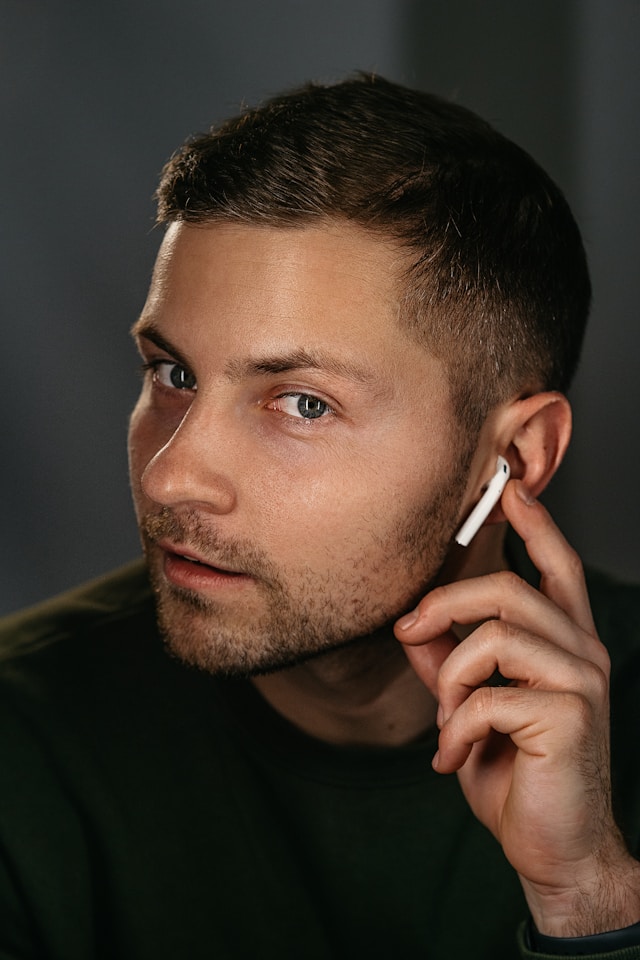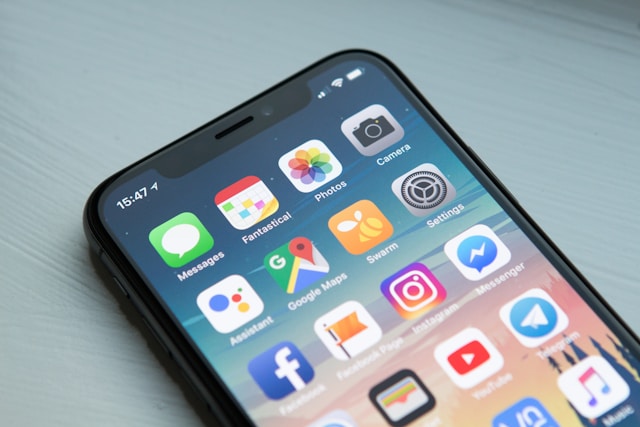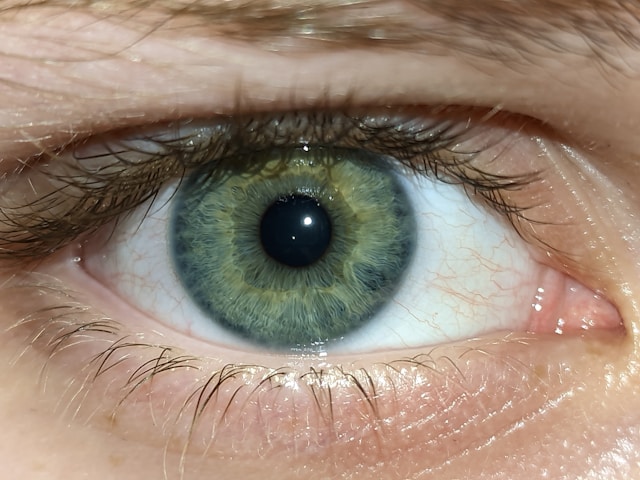Quick question…
Where’s your phone right now?
If it’s in your pocket, under your pillow, or pressed against your ear, you’re going to want to read this.
Because leading scientists are raising red flags about everyday phone habits that could be quietly affecting your health. And surprisingly, it’s not something many people are talking about.
Let’s break down 3 common phone habits that could be harming your health—and what you can do to stay safer.
Holding your phone against your ear
Think back to your last long phone call—how close was your phone to your head?
The concern here is exposure to radiofrequency (RF) radiation, the type emitted by cell phones when they’re connected to a wireless network. Independent researchers and advocacy groups are now pushing for RF radiation to be reclassified as a Class 1 carcinogen—alongside tobacco, asbestos, and formaldehyde—based on growing evidence linking long-term exposure to potential brain tumors, particularly gliomas and acoustic neuromas.
What’s more telling?
If you dig into your phone’s legal fine print (usually buried in the settings or manual), most manufacturers include a safety warning that the device should be kept a certain distance from your body—often 5–15 mm. That alone says something.
What to do:
- Use speakerphone when possible to create distance.
- Prefer wired (non-Bluetooth) earbuds, which don’t emit additional wireless radiation.
- Keep phone calls short, or consider sending a voice note instead.
Carrying your phone in your pocket or bra

It’s convenient, yes. But that convenience may come at a cost—especially for younger adults and teens.
When your phone is actively connected to Wi-Fi or cellular data (which is nearly all the time), it’s emitting RF radiation, even when idle. Placing it directly against the body—such as in your jeans pocket, sports bra, or waistband—can mean constant exposure to sensitive tissues.
Some studies are now exploring a possible association between this long-term, close contact and conditions like infertility in men (due to heat and radiation near the testes), and even increasing colorectal cancer rates in younger people. Though research is ongoing, caution is warranted.
What to do:
- Carry your phone in a bag, not on your body.
- Use airplane mode if it needs to be in your pocket temporarily.
- Avoid carrying your phone near reproductive organs or breast tissue.
Sleeping with your phone nearby
Even while you sleep, your phone may be working against your body’s natural rhythms.
When phones are placed under pillows or on bedside tables, the radiation they emit can disrupt melatonin production, interfere with delta brainwaves (the ones essential for deep sleep), and potentially affect heart rate variability—all of which are vital for restorative rest and recovery.
Beyond radiation, there’s also the effect of blue light exposure from late-night scrolling, which suppresses melatonin and throws off your circadian rhythm.
What to do:
- Put your phone on airplane mode at night to reduce emissions.
- Better yet, charge it in another room and use an analog alarm clock.
- Avoid screens at least 1 hour before bed to protect your sleep quality.
The Bigger Picture: We’re Swimming in Wireless Radiation
Cell phones are just one piece of the puzzle.
Between Wi-Fi routers, smart TVs, Bluetooth devices, wearables, and 5G networks, we’re now living in an environment with more wireless radiation than ever before in human history—trillions of times more than just a few generations ago.
While research continues to evolve, adopting a few simple protective habits today can help lower your overall exposure and reduce potential long-term risks.
Ready to Take the Next Step?
Protecting your health starts with awareness—and a few simple changes.
👉 Get your FREE EMF Checklist HERE and start creating a safer, more mindful tech environment today.
Ready to Take the Next Step?

Protecting your health starts with awareness—and a few simple changes.
Get your FREE EMF Checklist HERE and start creating a safer, more mindful tech environment today.





























